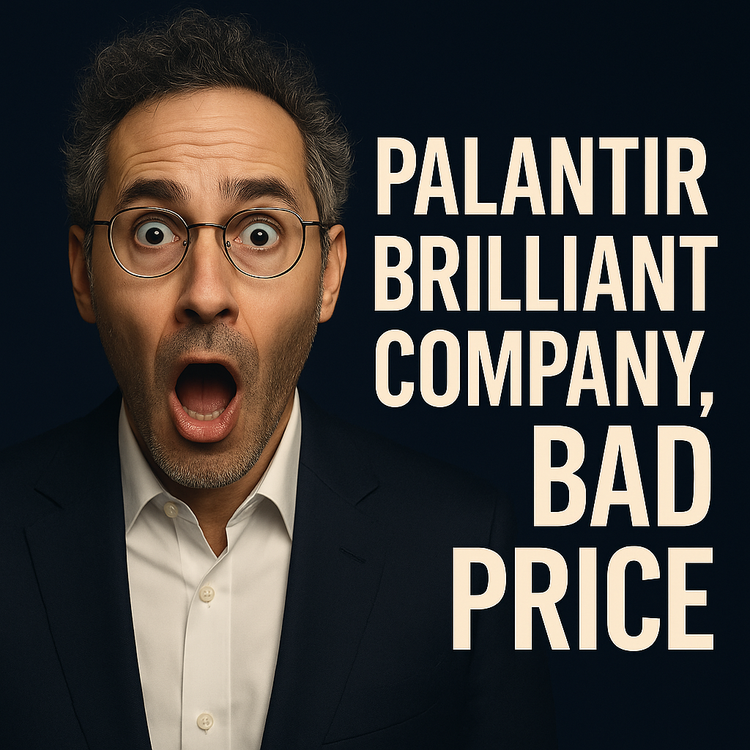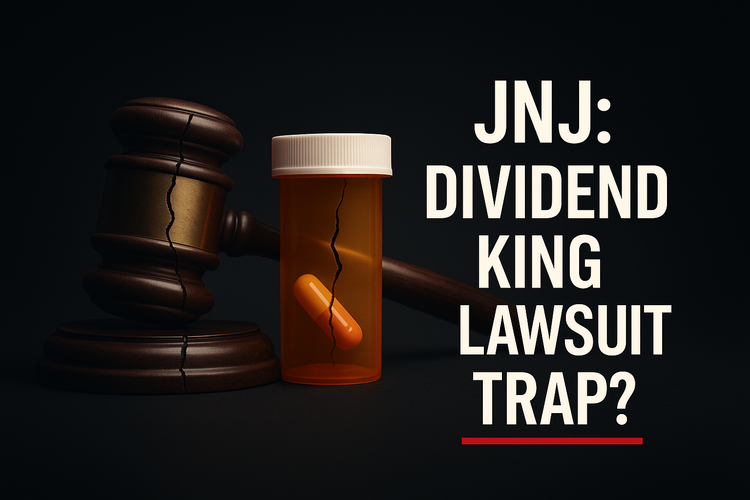$NVDA: Hold — AI Powerhouse, But Perfection Is Already Priced In

Disclosure: Long NVDA.
AI has turned the market into a gold rush — and NVIDIA sits squarely on the riverbed. The company that built the AI hardware backbone now trades like it can’t fail. The fundamentals remain incredible, but the stock has outrun even its own success story. It’s the classic setup: when flawless execution meets inflated expectations, gravity eventually wins.
The Numbers Don’t Lie
Fiscal 2025 ended in January with $130.5 billion in revenue — more than double the prior year. Data-center sales alone hit $112.4 billion, about 86 % of total revenue. Growth that explosive doesn’t come cheap. Consensus estimates call for $206 billion in FY2026 (+58 %) and $274.5 billion in FY2027 (+33 %), according to Yahoo Finance. That’s a slowdown, not a collapse — but it means investors are already paying for perfection.
Margins remain elite: 72.7 % non-GAAP gross margin last quarter and roughly 60 % operating margins baked into most long-term models. NVIDIA’s buyback machine — $22 billion in FY2025 — will likely reduce shares outstanding by around 2 % per year through 2030. Those mechanics justify a premium, but not an infinite one.
Valuation Meets Gravity
At $187 per share and a $4.57 trillion market cap, NVIDIA trades around 22× forward sales and 42× earnings — Tesla territory, not chipmaker territory. Using a 9 % WACC, 6.5 % perpetual growth, and 60 % operating margins, fair value pencils out around $175–195 per share (base $185). That’s right in line with market expectations and suggests mid-single-digit annualized returns as earnings catch up to price. It’s a HOLD, not a hype train.
Could the stock grind higher? Sure. But at this valuation, you’re betting that every optional bet — automotive, Omniverse, sovereign AI — hits at once. Even great empires can get ahead of themselves.
First Cracks in the Armor
The moat still runs deep, but customers are turning into rivals. Amazon’s Trainium is 40 % cheaper for inference. Google’s TPU v5 and Microsoft’s Maia chips are already live. Gartner projects that 40 % of AI workloads could move to in-house silicon by 2027. For now, enterprise inertia buys NVIDIA 2–3 years of dominance, but the drawbridge is creaking.
Then there’s power. Each Blackwell GPU gulps 1,200 watts — a design that could strain grids already stretched by hyperscaler build-outs. Microsoft, Amazon, and Google all flagged power limits in recent earnings calls. By 2030, AI data centers could consume 4–5 % of global electricity, per Gartner. If that projection holds, growth itself becomes the constraint.
China adds another wild card. Sales fell to $17.1 billion in FY2025 after U.S. export bans. Management expects an $8–11 billion hit this fiscal year, offset partly by a 15 % revenue-sharing deal with local partners. It’s a controlled burn — and it’s working — but policy risk is the price of admission.
Two Markers to Watch
If revenue stalls below $260 billion in FY2027 or gross margins slip under 68 %, the growth story cracks. On the flip side, sustained margins north of 70 % and traction in automotive could push the stock toward the upper end of that $195 range. Either way, the easy money’s been made.
The Bigger Picture
The market still treats NVIDIA like a monopoly, but no moat is invincible once the capital floodgates open. We’ve seen this movie before — Cisco in the ’90s, Apple in the 2010s — every dominant tech leader eventually faces margin compression once imitators catch up. NVIDIA’s challenge isn’t demand; it’s defending premium pricing in a world that now understands the playbook.
AI infrastructure will remain the story of the decade, but that doesn’t mean every dollar will be earned by one company. For long-term holders, staying patient makes sense. For new investors, waiting for gravity to do its work might be the better trade.
See also: Tesla — Priced for Perfection






Member discussion